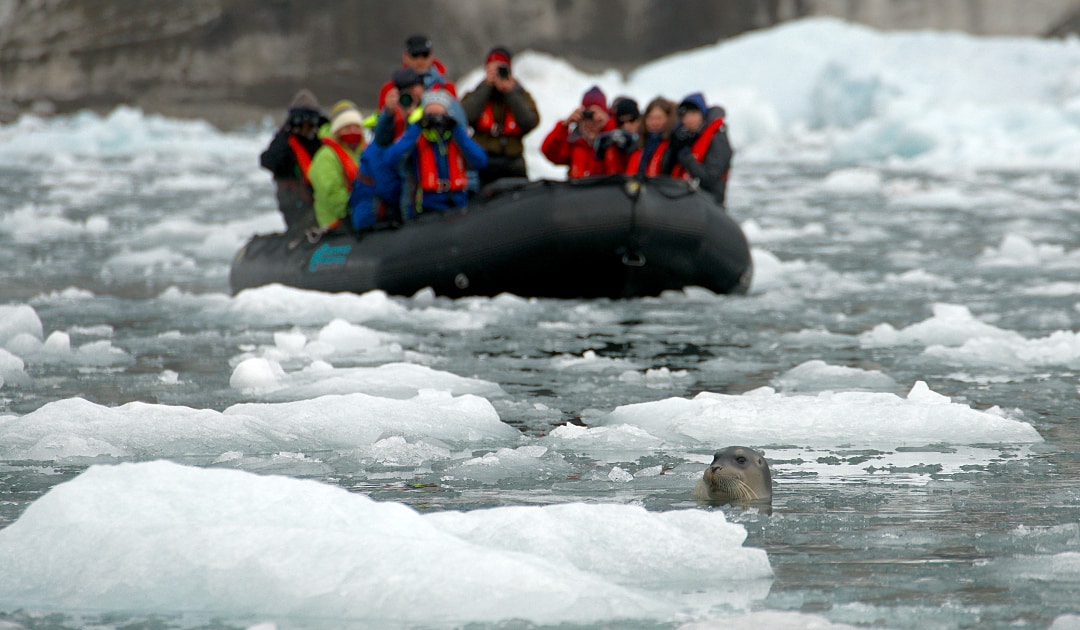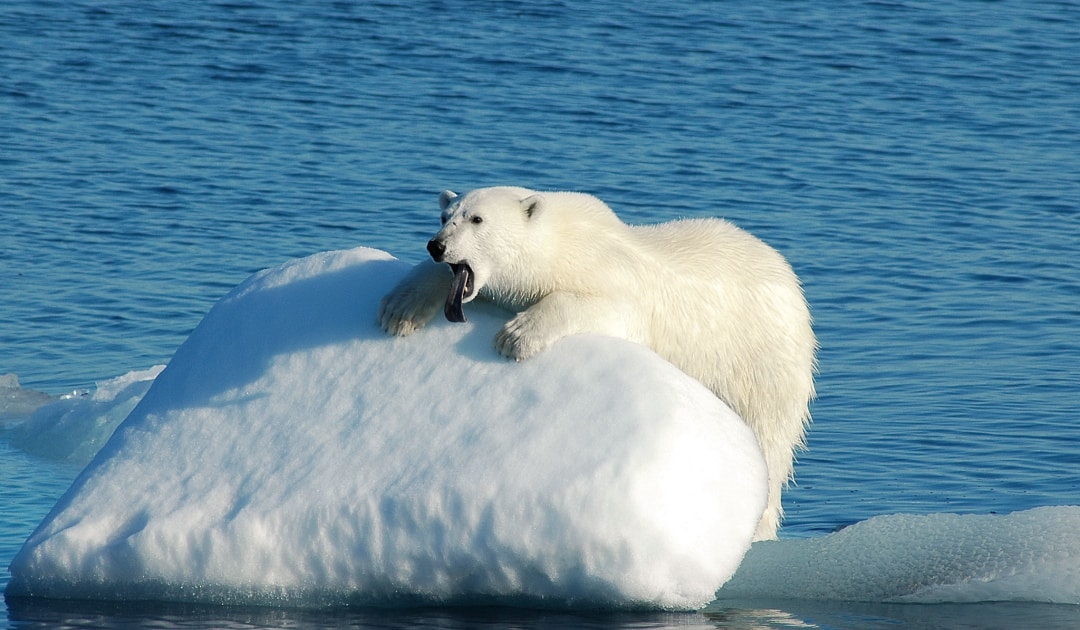
Traditionally, March is a hectic month for Arctic expedition tour providers and operators. Scheduling, organizing guides and crews, selling last voyage seats and other things fill the working days. But this year, there’s a different kind of hustle: COVID-induced uncertainty about whether there will even be a season, and what it will look like. The first providers have therefore pulled the emergency brake and cancelled their travel plans without further ado, others are still waiting and hoping.
The list of suppliers who have either reduced their expedition trips to the second half of summer 2021 or even removed them from the website altogether will grow longer and longer in the near future. A comparison of the offers on the websites of the larger shipping companies and providers shows that many have changed their plans. This is due to the announcements made by various governments regarding tourism in their Arctic regions. A few weeks ago, for example, Canada caused an outcry of horror in the tourism industry with its de facto closure of the Arctic regions. Norway has also caused deep worry lines with the news that Svalbard will remain closed to ships and foreign visitors until at least May 1. And in Greenland, which still has an entry ban in place for ships that have been at sea non-stop for less than 14 days, stakeholders expect to have only Danish visitors this year at best. For at present only necessary journeys to and from Denmark are possible. And again and again the same subordinate clause: we observe the situation and decide then to change the measures, also on short notice. But such sentences do not create clarity, but more uncertainty, for both providers and guests.

Hope drives many operator plans
One thing is certain: the 2021 Arctic season is heading for hard times, and polar bears, whales and seals may be hard pressed to cruise tourists this year, too. Unlike last year, when the fear of COVID was even greater and countries simply shut down everything, the situation today is more complex and, for many, more confusing. Anyone planning to travel these days faces a wide variety of quarantine rules, entry restrictions, traffic light systems for countries, lockdowns and rapidly changing regulations. The situation is hitting Arctic expedition tour operators particularly hard. Plans that were made last year have been called into question, both with regard to the departures directly, but also with regards to bringing the guests to the starting points. While some providers have now pulled the emergency brake due to the imponderables, the offers of man others are still visible. For one thing, it was hoped that the numbers of COVID infections would continue to fall and that this would get governments to rethink their measures. Besides, there are the vaccination measures in many countries. While last year the numbers of deaths dominated the media, now it was the number of people vaccinated. This hope is still on now, especially for those shipping companies that have only postponed their departures or have quickly modified their departure points and destinations. Giving up is not an option, at least not yet. Because with many trips last year, guests had hoped that 2021 would be more normal again and had therefore simply rebooked. Operators do not want to lose these guests and therefore rely on the principle of hope. In the meantime, however, better rebooking and cancellation options are offered in order to be able to respond more flexibly to COVID-related changes.

Gaps and obstacles
Although the current situation in the Arctic regions makes a season for foreign tourists difficult, the regulations in the countries are not quite complete. Some providers have discovered a possibility for Norway, for example: the government in Oslo permits calls at Norwegian ports if the ship has departed from a Norwegian port and carries only 50 percent of its passenger capacity. Therefore, you can find trips from Tromsø starting in June. But two obstacles remain:
Firstly, the prohibition on ships with more than 30 persons (including crew) calling at Svalbard. However, there is a gap here as well, at least for the smaller ships that were already able to operate successfully from Longyearbyen last year. This is because they have a smaller number of people on board and a safety concept that has worked so far.
The other obstacle is the journey for foreign tourists. This is because, in addition to the obligatory negative PCR test, all travellers from risk countries must enter a ten-day quarantine, which can be terminated at the earliest after seven days and two negative tests. The risk countries are determined by the Norwegian government itself and this can always change quickly. At present, the entry ban applies to all countries of the European Economic Area and numerous other countries (exceptions are defined). It is also important to note here that those entering the country must pay for the tests and the costs of quarantine themselves. Therefore, entries are difficult and costly. But the hope remains that in the middle of the year the situation could get better and the government in Oslo will ease up.

For the tourism companies in Greenland and Svalbard, these news are not particularly rosy. It is true that the government in Oslo has put together two aid packages worth 6.5 million euros for Svalbard and that Nuuk is also supporting its tourism sector. Nevertheless, numerous companies there are struggling for bare survival. Help from tourists on ships would be necessary. In Norway and Greenland, therefore, the focus is on the domestic market and trying to make the best of it. Companies advertise, cooperate and hope that at least in their own country the infection numbers will stay low and new outbreaks and waves can be avoided. Greenland currently has no cases of COVID. But in Norway, there was a recent increase in the number of infections in Oslo. And in the Canadian Arctic, new cases continue to be discovered, especially in Arviat. Tiredness of measures among the population and sometimes lax implementation of the measures by individuals are cited as the main reasons. Therefore, it depends on the behaviour of each individual whether the virus will continue to be a problem or whether there will still be a chance for the operators to show the beauties of the Arctic this year.
Dr Michael Wenger, PolarJournal
More on the subject:






Thank you. I follow Galapagos tourism closely (I run a travel company) and the situation is similar. January started strong for US bookings on the back of positive vaccination news – but the imposition (one we agree with) of PCR testing for people RETURNING to the USA at the end of January has slowed things down a lot again.
There is a big demand, but even with vaccinations, things may remain slow due to on-going, onerous entry requirements both to the destination and back home.
Thank you very much for this valuable insight. We hope that the situation will yet improve and things might yet speed up again. Because we know how dire the situation is for many in the travel industry. Best of luck and best wishes to you from Switzerland.